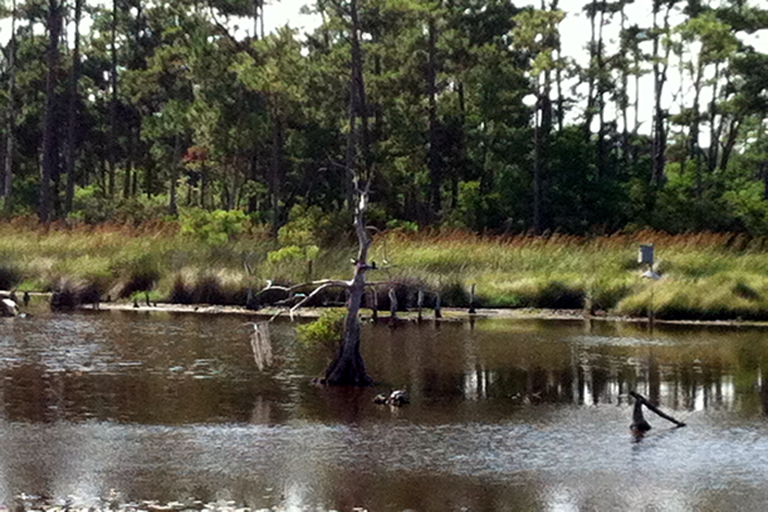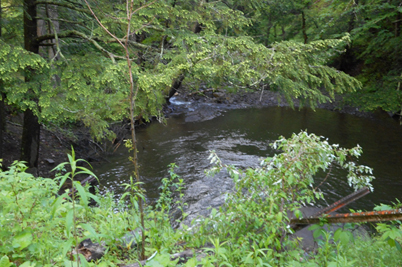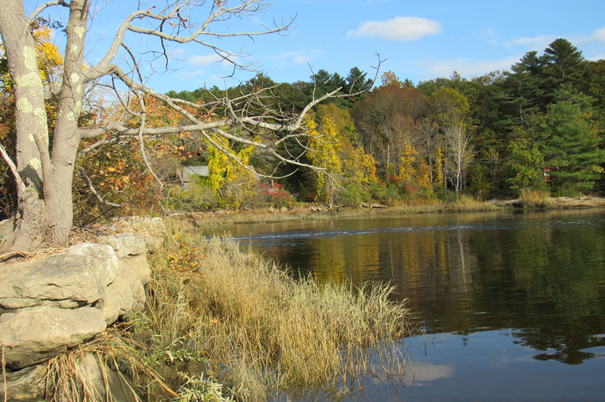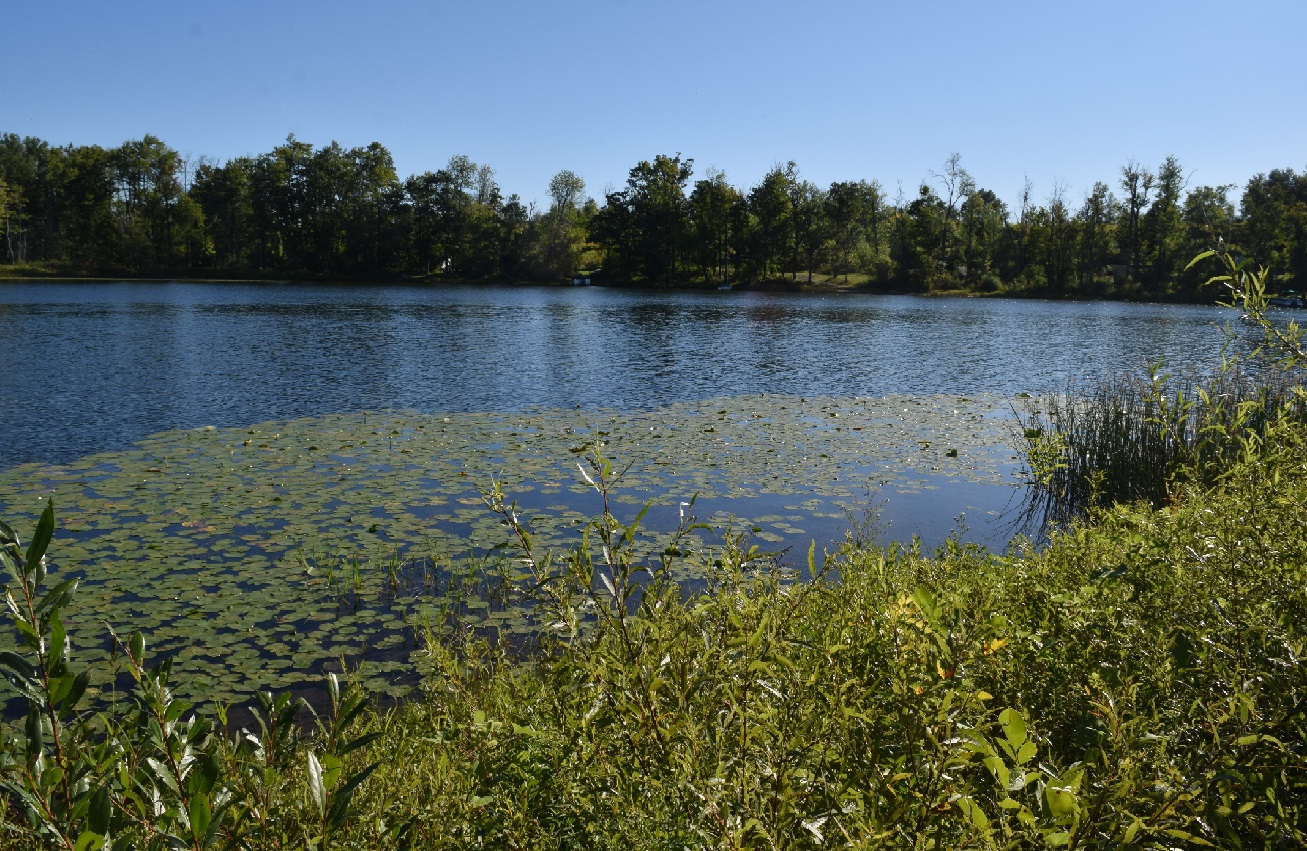Regulation
The Clean Water Act is the primary piece of national legislation that regulates activities in and around wetlands and protects our nation’s waters. The Clean Water Act (CWA) establishes the basic structure for regulating discharges of pollutants into the waters of the United States and regulating quality standards for surface waters. The basis of the CWA was enacted in 1948 and was called the Federal Water Pollution Control Act, but the Act was significantly reorganized and expanded in 1972. "Clean Water Act" became the Act's common name with amendments in 1972. The Section 404 Dredge and Fill permitting program is commonly recognized as the authority under the CWA most frequently used to avoid, minimize or mitigate impacts to wetlands.
Under the authority of the Clean Water Act, the U.S. EPA (EPA) develops the environmental guidelines the U.S. Army Corps of Engineers (Corps) uses to evaluate a permit application, has final authority to determine the scope of “waters of the United States,” and can veto a Corps-issued permit (a step rarely taken). The EPA also determines whether portions of the 404 program should be turned over to a state, territory, or tribe.
“Wetlands regulatory and permit programs in general consist of a few basic elements: a jurisdictional scope, a method to authorize impacts to aquatic resources and assess proposed authorizations, and a method of assuring compliance. State and tribal wetland and aquatic resource regulatory programs are defined by the authority under which they operate (i.e., Clean Water Act (CWA) §404, CWA §401, State or Tribal law) and how the program is implemented. The effectiveness of a state or tribal regulatory program depends on clear definitions, guidelines and regulations, assignment of responsibilities, and procedures that are applied consistently by program staff and understood by the public. This applies to all aspects of the program but is particularly important for compensation, compliance and enforcement as these are highly visible to the public and the regulated community.” (U.S. EPA)
Regulation is one component of the EPA’s Core Elements Framework. To view the EPA’s webpage on CWA Section 404, click here.
EPA PDF on Regulation for Wetland Program Plans can be found here.
401 Certification
According to the Clean Water Act: “Any applicant for a Federal license or permit to conduct any activity including, but not limited to, the construction or operation of facilities, which may result in any discharge into the navigable waters, shall provide the licensing or permitting agency a certification from the State in which the discharge originates or will originate, or, if appropriate, from the interstate water pollution control agency having jurisdiction over the navigable waters at the point where the discharge originates or will originate, that any such discharge will comply with the applicable provisions of sections 301, 302, 303, 306, and 307 of this title.” For more information, click here.
State Programmatic General Permits
“Programmatic General Permits are a type of general permit issued by the Corps, that authorizes, for the purposes of Section 10 of the Rivers and Harbors Act of 1899 (33 U.S.C. 403), Section 404 of the Clean Water Act (33 U.S.C. 1344), and/or Section 103 of the Marine Protection, Research and Sanctuaries Act of 1972 (33 U.S.C. 1413), certain projects that are also regulated by another Federal, tribal, state, or local regulatory authority. Many States have chosen to pursue a Programmatic General Permit with the Corps in lieu of State assumption or as an initial first step to assumption. Regardless of the reason, the Corps encourages the use of PGPs as an effective mechanism to reduce duplicative regulatory processes, simplify the application process for applicants, and make wise use of limited resources, while continuing to protect the aquatic environment in at least an equivalent manner as the Corps program.” (U.S. Army Corps of Engineers) For NAWM's webpage with more information on State Programmatic General Permits, click here.
404 Assumption
CWA Section 404 allows a state or tribe to administer its own permit program to regulate these activities in lieu of the federal program for most nontidal waters, given approval from the EPA. State or Tribal assumption of the section 404 program is limited to certain waters, as provided in section 404(g)(1). The Federal program operated by the Corps of Engineers continues to apply to the remaining waters even after program approval. However, this does not restrict states or tribes from regulating discharges of dredged or fill material into those waters over which the Secretary of the Army retains section 404 jurisdiction. EPA determines whether the 404 program should be turned over to a state, territory, or tribe. As of 2020, three states have assumed 404 responsibility for nontidal waters. For more information, click here.
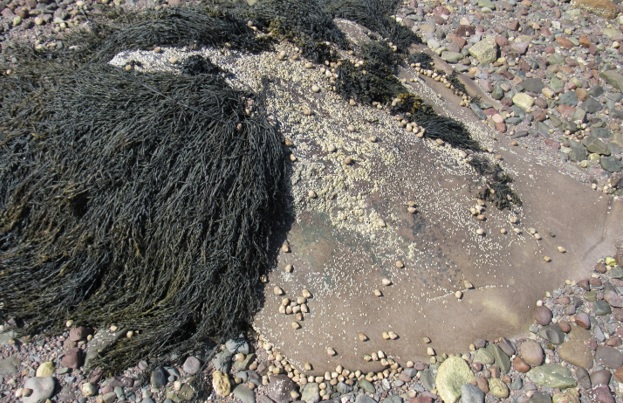
Dredge & Fill
“Section 404 of the Clean Water Act (CWA) establishes a program to regulate the discharge of dredged or fill material into waters of the United States, including wetlands. Activities in waters of the United States regulated under this program include fill for development, water resource projects (such as dams and levees), infrastructure development (such as highways and airports) and mining projects. Section 404 requires a permit before dredged or fill material may be discharged into waters of the United States, unless the activity is exempt from Section 404 regulation (e.g. certain farming and forestry activities).
The basic premise of the program is that no discharge of dredged or fill material may be permitted if: (1) a practicable alternative exists that is less damaging to the aquatic environment or (2) the nation’s waters would be significantly degraded. In other words, when you apply for a permit, you must first show that steps have been taken to avoid impacts to wetlands, streams and other aquatic resources; that potential impacts have been minimized; and that compensation will be provided for all remaining unavoidable impacts.” (U.S. EPA) For more information, click here.

Compensatory Mitigation
The Clean Water Act (CWA) prohibits the discharge of dredged or fill material into “waters of the United States” unless a permit issued by the Army Corps of Engineers, a state (approved under Section 404(g) of the CWA), or a tribe (recognized by the EPA to be treated in a similar manner as a state (TAS)), authorizes such a discharge. For every authorized discharge, any adverse impacts to wetlands, streams and other aquatic resources must be avoided and/or minimized to the extent practicable. For unavoidable impacts, compensatory mitigation (in the form of restoration, establishment, enhancement, or in certain circumstances, preservation) is required to replace the loss of wetland, stream and aquatic resource functions in the watershed. Thus, compensatory mitigation is an important part of a complex regulatory framework that includes Section 404 of the Clean Water Act, Section 404(b)(1) guidelines, the 401 Water Certification Program, the River and Harbor Act of 1899, and other federal laws including the Endangered Species Act. The three mechanisms that may be used for compensatory mitigation include mitigation banks, in-lieu fee programs, and permittee responsible mitigation. For more information, click here.
Developing Wetland Program Regulatory Capacity
Regulations for dredging or filling wetlands are in effect nationally under §404 of the Clean Water Act (33 U.S.C. §1251 et seq.), and Section 10 of the Rivers and Harbors Act, with permits issued by the U.S. Army Corps of Engineers (Corps). States and tribes may find that for various reasons, these programs are inadequate for meeting state or tribal needs. To assist states and tribes seeking to develop a wetland regulatory program or enhance elements of an existing regulatory program, NAWM has developed a series of capacity building resource documents. These documents share insights on regulatory capacity building topics including how to use Wetland Program Plans as building blocks for regulatory programs, sustainable funding strategies, effective communication strategies, how to work with state legislatures, and how to partner with other agencies and organizations in ways that build capacity of the state or tribal regulatory program.
NAWM includes a Checklist for Building Wetland Regulatory Capacity that can serve as a guide of considerations for those exploring capacity building options. For more information, click here.

